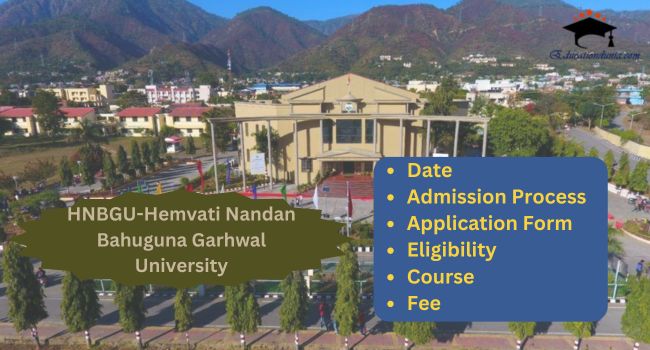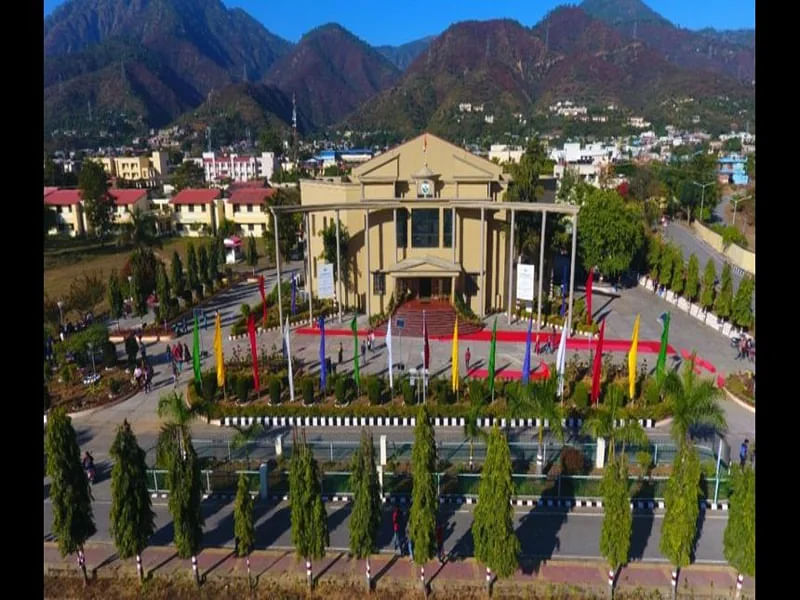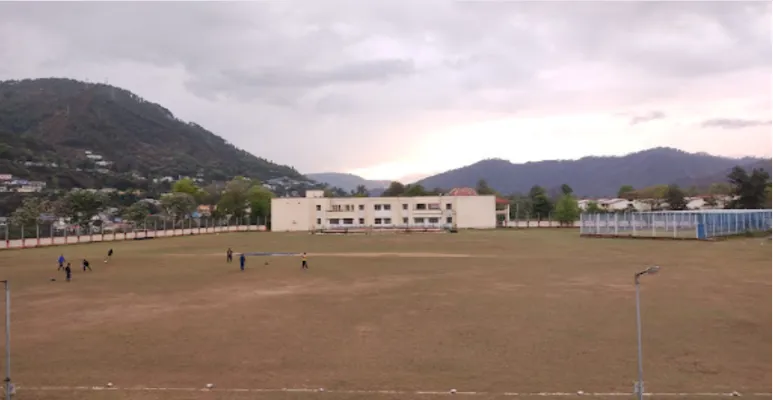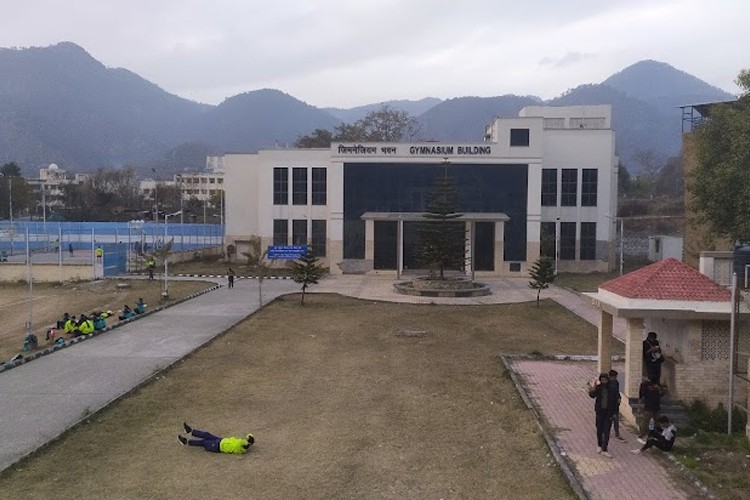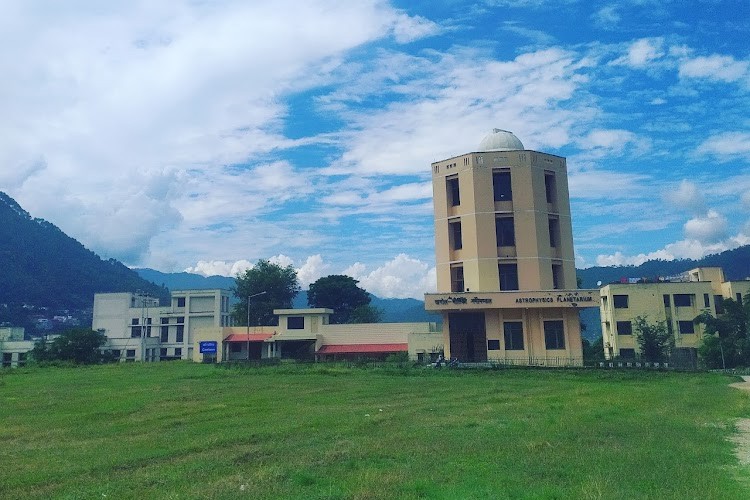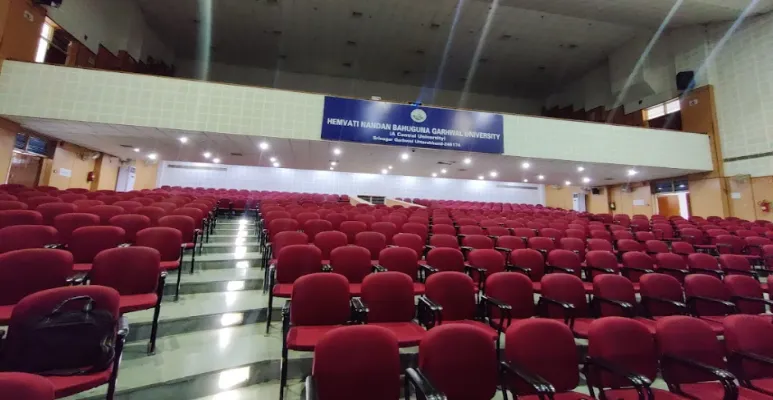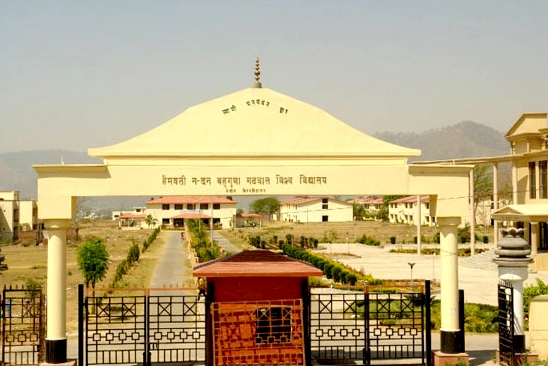Hnb Garhwal University Fee Structure

A storm of discontent is brewing at Hemvati Nandan Bahuguna Garhwal University (HNBGU), a central university in Uttarakhand, India. Students are raising concerns about a perceived lack of transparency and affordability in the university's fee structure, triggering protests and calls for reform.
At the heart of the matter lies a complex web of tuition fees, development charges, and other levies that students claim are disproportionately burdening those from economically weaker backgrounds. This article delves into the intricacies of the HNBGU fee structure, examines the arguments from both students and university administration, and explores the potential consequences for access to higher education in the Garhwal region.
Understanding the Current Fee Structure
HNBGU's fee structure varies significantly across different departments and programs. Tuition fees are generally lower than those at private institutions, but the addition of various other charges – library fees, sports fees, examination fees, and development funds – can significantly increase the overall cost of education.
According to the university prospectus and official fee circulars, the fee structure is periodically reviewed and revised. However, students argue that the process lacks transparency, with little to no consultation with student representatives.
The development fee, in particular, has become a major point of contention. Students question the rationale behind this fee and demand greater accountability regarding its utilization.
Student Grievances and Protests
Student organizations across HNBGU campuses have been vocal in their criticism of the fee structure. They allege that the current system favors students from affluent families, effectively creating a barrier to entry for those from disadvantaged backgrounds.
Protests have erupted at various campuses, with students demanding a rollback of fee hikes and a more transparent and equitable fee policy. They also advocate for increased financial aid and scholarship opportunities for deserving students.
"Education is a right, not a privilege," declared a student leader from the All India Students' Association (AISA) during a recent protest rally in Srinagar Garhwal.
Specific Concerns Raised by Students
Students have highlighted several specific issues with the fee structure. They claim that the development fee is excessively high compared to other central universities in India.
Additionally, the lack of clear justification for fee increases and the absence of a student representation in the fee revision process are major points of contention. Students also point to discrepancies in fees across different departments without any clear rationale.
Furthermore, the limited availability of scholarships and financial aid makes it difficult for economically disadvantaged students to pursue higher education.
University Administration's Stance
The university administration maintains that the fee structure is necessary to maintain the quality of education and infrastructure at HNBGU. They argue that the fees are utilized to fund various development projects, including the construction of new buildings, the upgrade of laboratories, and the improvement of library facilities.
University officials also point out that HNBGU offers various scholarships and financial aid programs to support deserving students from economically weaker sections. However, they acknowledge that there is room for improvement in terms of transparency and student consultation.
“The university is committed to providing quality education to all students, regardless of their socioeconomic background,” stated a university spokesperson in response to student protests. “We are open to dialogue and are actively reviewing the fee structure to address the concerns raised by students.”
Potential Consequences and Future Outlook
The ongoing controversy surrounding the HNBGU fee structure has significant implications for access to higher education in the Garhwal region. If the concerns of students are not addressed, it could lead to a decline in enrollment, particularly among students from disadvantaged backgrounds.
Furthermore, the lack of transparency and student representation in the fee revision process could erode trust between the university administration and the student body. This could potentially lead to further protests and disruptions.
Looking ahead, it is crucial for HNBGU to engage in meaningful dialogue with student representatives to address their concerns and develop a more transparent and equitable fee policy. The university must also prioritize increasing financial aid and scholarship opportunities for deserving students to ensure that higher education remains accessible to all.
Ultimately, the future of higher education at HNBGU hinges on the ability of the university administration and the student body to work together to find a sustainable and equitable solution to the ongoing fee structure controversy. A balanced approach that ensures both the financial stability of the university and the affordability of education for all is essential.
